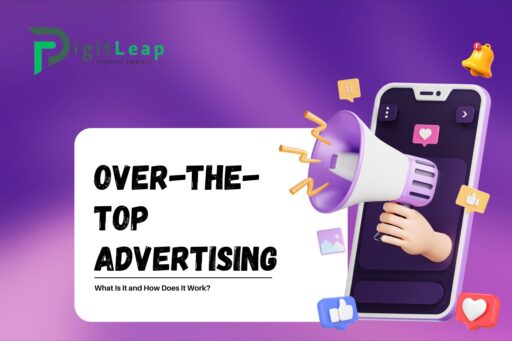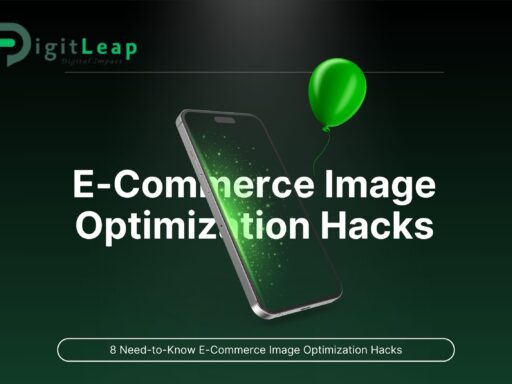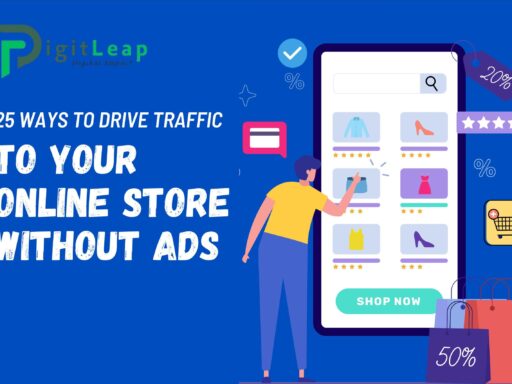Over-the-Top Advertising: What Is It and How Does It Work?
In the world of digital marketing, new methods to reach consumers are constantly evolving. One of the most effective and increasingly popular methods is over-the-top (OTT) advertising. But what exactly is OTT advertising, and how does it work? Let’s break it down in simple terms.
What Is Over-the-Top (OTT) Advertising?
Over-the-top advertising refers to delivering ads through streaming platforms that bypass traditional cable or satellite TV services. “Over-the-top” describes how content is delivered—directly over the internet—rather than through conventional broadcast methods. Think of platforms like Netflix, Hulu, Amazon Prime Video, and even YouTube. While many of these platforms offer subscription-based, ad-free viewing, some include advertising as part of their content delivery.
OTT ads appear on these streaming services when users watch movies, TV shows, or other digital content. Since streaming is done online, OTT ads don’t rely on traditional cable setups. Instead, they’re delivered directly to viewers via their internet connection, whether on a smart TV, smartphone, tablet, or computer.
How Does OTT Advertising Work?
OTT advertising works similarly to traditional TV ads but with some significant differences, especially in terms of targeting and reach. Here’s a look at how it functions:
1. Targeting the Right Audience
One of the major advantages of OTT advertising is the ability to target specific demographics. Unlike traditional TV advertising, which broadcasts to a broad audience, OTT platforms can collect data on users’ viewing habits, preferences, and behavior. Advertisers can use this data to serve personalized ads to viewers who are more likely to be interested in their products or services.
For example, if a user frequently watches cooking shows, they might see ads for kitchen gadgets, food delivery services, or cooking classes. This level of targeting makes OTT advertising highly efficient.
2. Non-Skippable Ads
OTT ads are often non-skippable, which means viewers are required to watch the entire ad before continuing with their content. This contrasts with other forms of digital advertising, like YouTube ads, which can sometimes be skipped after a few seconds. Because viewers can’t skip the ad, OTT advertising ensures that the message reaches the audience in full.
3. Cross-Device Reach
One of the key benefits of OTT advertising is that it reaches users on multiple devices. Whether people are streaming content on their smart TVs, tablets, smartphones, or desktops, OTT ads can be delivered seamlessly across platforms. This flexibility ensures that advertisers can connect with their audience no matter where or how they consume content.
4. Measurable Results
Traditional TV advertising often lacks precise metrics on how effective an ad is. OTT advertising, on the other hand, offers measurable results. Advertisers can track who viewed the ad, how long they watched, and whether they interacted with it. These insights allow marketers to adjust their strategies in real-time for better performance, making OTT advertising a more data-driven approach compared to traditional methods.
5. Programmatic Advertising
OTT ads are typically delivered through programmatic advertising, an automated process where ads are bought and placed based on data algorithms. Programmatic advertising helps ensure that the right ads are shown to the right people at the right time. It’s a highly efficient way of serving ads without requiring manual placement, reducing human error and speeding up the process.
Why Is OTT Advertising So Popular?
OTT advertising has gained popularity for several reasons:
1. Cord-Cutting Trend
As more people move away from traditional cable services (a trend known as cord-cutting), they’re opting for streaming platforms instead. This shift means that traditional TV ads are reaching fewer people, while OTT platforms are seeing a surge in viewership. Brands must follow where their audience goes, making OTT a necessary part of their advertising strategy.
2. Higher Engagement
Because OTT ads are often non-skippable and targeted to the viewer’s interests, they tend to be more engaging than traditional TV commercials. Viewers are more likely to watch the entire ad if it’s relevant to them, leading to better brand recall and potentially higher conversion rates.
3. Cost Efficiency
OTT advertising can be more cost-effective than traditional TV advertising, especially for smaller businesses. With OTT, advertisers can focus their budgets on specific audiences, ensuring their ads are seen by those who are most likely to convert, rather than paying for blanket exposure to a large, generic audience.
4. Data-Driven Insights
The ability to gather and analyze data from OTT advertising is a huge advantage. Advertisers can see exactly how their campaigns are performing and make data-driven decisions to improve outcomes. This level of transparency is difficult to achieve with traditional TV ads.
Types of OTT Ads
There are several different types of OTT ads that brands can use, depending on their goals:
- Pre-Roll Ads: These ads play before the main content starts. They are similar to ads you might see before a YouTube video.
- Mid-Roll Ads: These ads play in the middle of a show or movie, like traditional TV commercials.
- Post-Roll Ads: These ads play after the content has finished.
- Interactive Ads: Some OTT platforms allow for interactive ads, where viewers can click on a product or take some action directly from the ad.
Challenges of OTT Advertising
While OTT advertising offers many benefits, there are also challenges to consider:
- Ad Fatigue: Viewers may grow tired of seeing too many ads, especially if they’re watching on a platform that shows frequent ads.
- Platform Fragmentation: There are many different OTT platforms, and not all accept ads. Advertisers need to choose carefully which platforms to target.
- High Competition: As more brands turn to OTT advertising, competition for ad spots can increase, potentially raising costs.
Conclusion
OTT advertising is a modern solution for reaching audiences in a world where more people are cutting the cord and moving away from traditional TV. With its precise targeting, cross-device reach, and measurable results, OTT advertising has become a key tool for brands looking to connect with viewers in the digital age. By understanding how it works and its benefits, advertisers can create more effective campaigns that capture attention and drive results in today’s streaming-first landscape.
FAQs
Q1. What does OTT stand for in advertising?
OTT stands for “over-the-top,” referring to content delivered over the internet without relying on traditional cable or satellite services.
Q2. Are OTT ads the same as traditional TV ads?
No, OTT ads are delivered via streaming platforms and offer more precise targeting and measurable results compared to traditional TV ads.
Q3. Can small businesses benefit from OTT advertising?
Yes, OTT advertising can be cost-effective and highly targeted, making it suitable for businesses of all sizes.
Q4. What devices support OTT ads?
OTT ads can be shown on smart TVs, smartphones, tablets, desktops, and any device that supports internet streaming.
Q5. How is OTT advertising measured?
OTT advertising offers detailed analytics, including impressions, view-through rates, and engagement metrics, allowing advertisers to track campaign performance in real-time.





